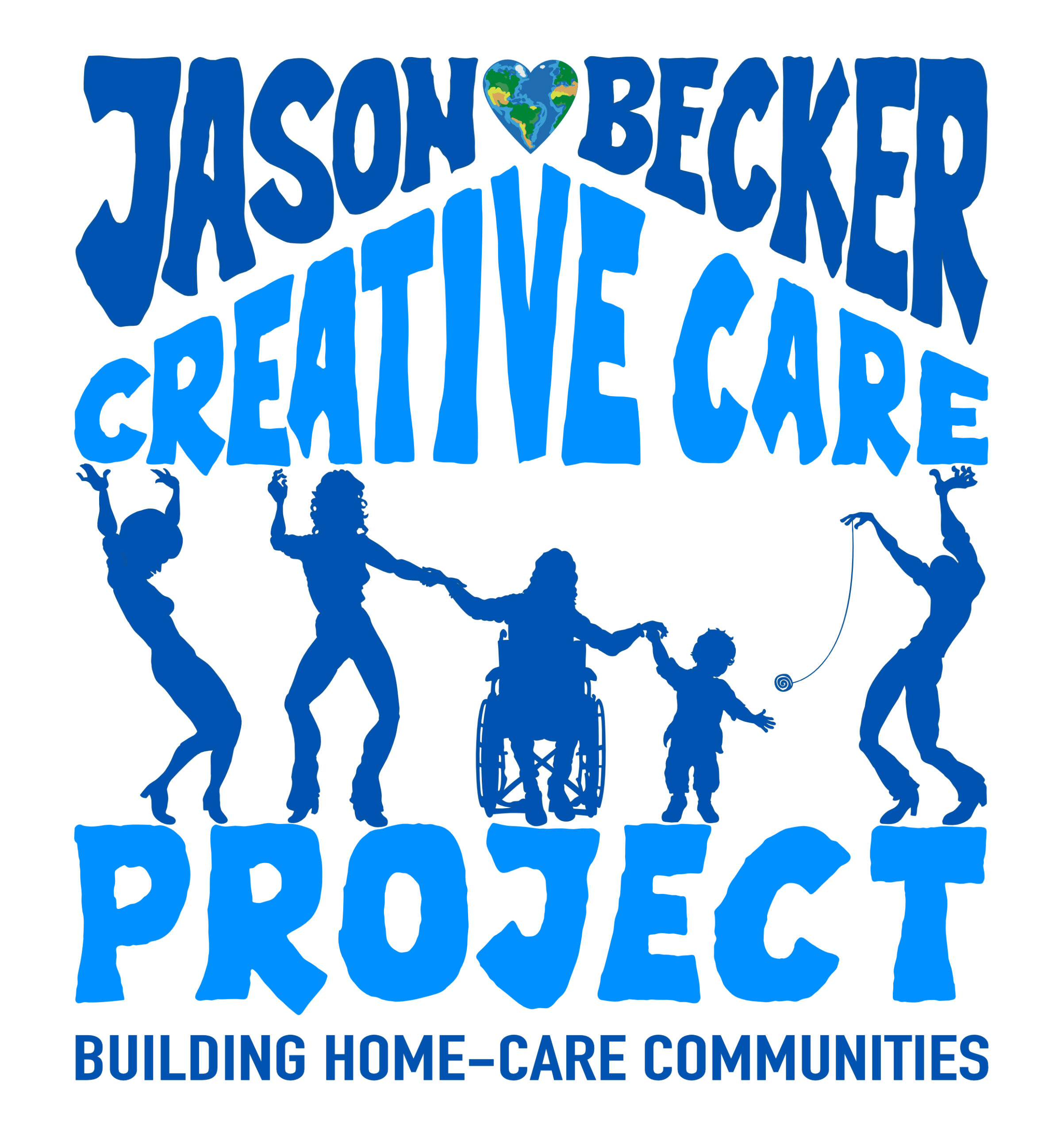OUR INTENT
Our Intent
“….being chronically ill or disabled, or caring for someone who is, [shouldn’t] mean marginalization, isolation, or impoverishment…”
The Creative Care Project was founded in 2017 by Serrana Pilar. Ms. Pilar sought a means of sharing her perspective on long-term care, formed through decades of participation in the care of several people living with degenerative neuromuscular conditions who required round the clock care of the highest quality, reliability, and effectiveness.
The Creative Care Project has several ambitious goals. These include initiating a societal discussion about the problems (one might even say absence) of the long-term care system, bringing the voices of those most affected by its shortcomings to the discussion. This is a tall order given that people living in such situations are often too burdened by the struggle to participate in discussions about it. We are looking at ways to bridge that gap.
But we want to do much more than talk. We believe solutions to the problems are within reach and that it is not a lack of resources, but a lack of will to imagine and create these solutions that stands in the way. We understand too well the invisibility of illness, disability, and caregiving, and that to create will, you must first have awareness. To gain awareness you must overcome invisibility. This website is a platform for visibility – a place to shout (constructively) about long-term care: the fears, hardship, rewards, invisibility, isolation – the dark and the light – and to have those shouts heard, counted, and integrated as part of solutions.
We intend to study the relationship between these aspects of long-term care and the infrastructure we take for granted – but which is actually the product of flawed understanding that can be changed. For example: the standard residential unit – a single family dwelling: It serves a purpose for a young, healthy, well employed person or couple. It still works, even with the addition of children – but marginally because it doesn’t easily accommodate the often important grandparents. But if you change any one of these factors: age, health, income…. the single family dwelling becomes less serviceable. Since age, health, and income commonly change over time (quickly in this economic climate), why is the single-family dwelling still the gold standard for development? In hard times, old age, and illness people need other people nearby, and while there may be neighbors, how free does anyone feel to call on neighbors daily for support in difficult times – possibly for months or years running? We believe, at the Creative Care Project, that a happy medium exists for privacy, intimacy, interaction, autonomy, and that building neighborhoods of single-family dwellings is an idea whose time is long gone.
We believe the way forward to improve life for all people, including those for whom the current long-term care system does not function at all, is to create a working model – a pilot project – for multi-family, multi-generational, affordable, socially and economically integrated living, with long-term care built in. Picture a co-housing project that accommodates and remunerates care, so that being chronically ill or disabled, or caring for someone who is, doesn’t mean marginalization, isolation, or impoverishment. Picture flexible design, so that a change in family size, structure, or health doesn’t mean an upheaval and the search for a new home.
We intend to create this new reality, then recreate it, and recreate it, until the benefits cannot be denied, and we wonder how we ever allowed the nursing home to become our model for care – and an isolating residential structure to be the model for living.
Won’t you join us?
For more on the evolution and philosophy of the Creative Care Project, please view this text from a presentation given by Serrana at Washington State University in October, 2017.
